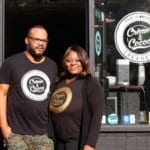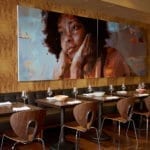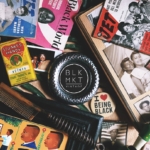Members access the space, located in Central Brooklyn, by having their fingers scanned and giving a passcode. Upon entering, they find a lounge, complete with couches, a barber chair and books on finance. The spiral staircase leads to an area with workstations.
Inside on a recent day, a man who works as a consultant helped five others get businesses certified. Another launched a campaign to run for City Council, engaging members to assist in outreach. An author presented research in a forum. The Gentlemen’s Factory brought them all together.
As one of the very few spaces in New York City exclusively for men of color, The Gentlemen’s Factory began as a middle ground between work and home for men who need a venue for networking and socializing.
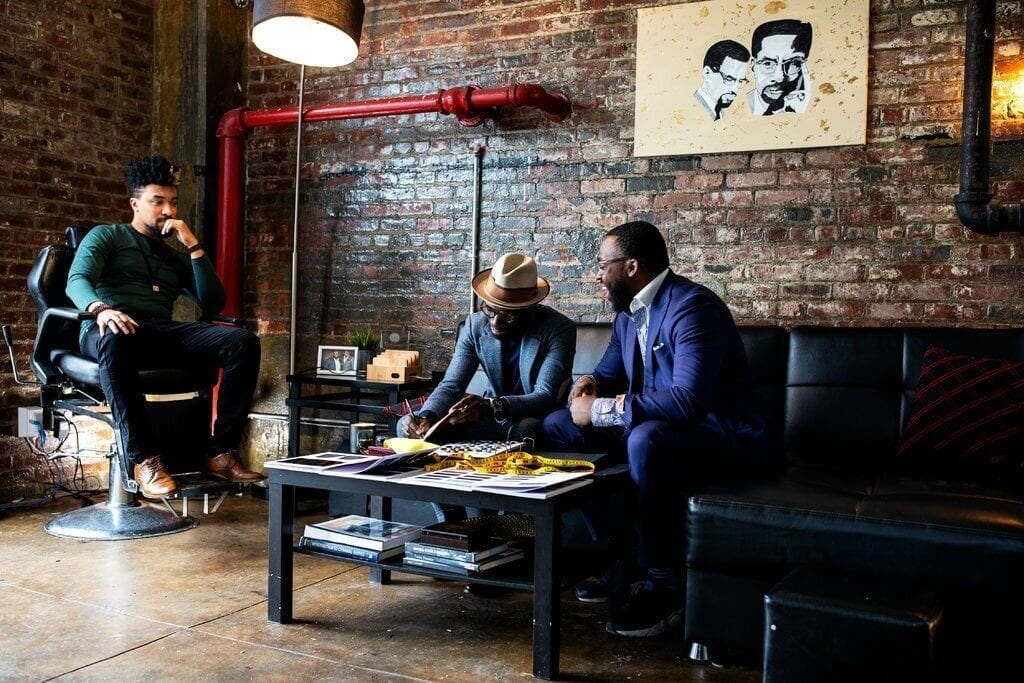
“They’re going through a divorce, or they have mental health challenges, or they’re going on an interview but they don’t know how to ask for a salary increase,” said Jeff Lindor, the club’s founder. “There wasn’t an outlet for them to be.”
Mr. Lindor, clad in a custom-made Prince James suit (the designer is a Gentlemen’s Factory member) noted that members contribute to making the space their own, whether it’s the Malcolm X art above the leather sofa or the magazines near the coffee table.
Born in Petit-Goâve, Haiti, Mr. Lindor was raised in a Coney Island housing project. The son of non-English speaking immigrants, Mr. Lindor and his family were wedged between a wealthy, white community on one end of the neighborhood and an impoverished and predominantly black population on the other. He asked himself: Why does my community look like this? Why does blackness look like this?
The socioeconomic disparities between white and black people inspired Mr. Lindor to study Urban Policy at the New School, where the seed of what would become The Gentlemen’s Factory started to germinate.
While earning his master’s degree, he organized gatherings with other black men to discuss their experiences.
Their first event was a Saturday gentlemen’s brunch in Brooklyn, with a $50 entry fee. When 40 black men showed up, Lindor realized that the group might need a dedicated physical space.
The mixers that followed led to hundreds of black male New Yorkers gathering. “I had to ask myself,” Mr. Lindor said, “Is this an enterprise or a hobby?”
At the time, Mr. Lindor was working as the strategic adviser to the executive staff at the Department of Correction, in the DeBlasio Administration. He resigned, spent two months developing a business model, then secured a lease with money he had saved. Mr. Lindor asked friends who made more than six figures a year if they would support him; in the end, they invested $100,000 into The Gentleman’s Factory.
“There are very few spaces where men of color can come together and engage in meaningful dialogue, said Rubain Dorancy, a member who is also an attorney and an educational consultant. “At the Gentlemen’s Factory, you will find men of all ages and with varied backgrounds, engaging, supporting and uplifting each other.”
Spaces made by and for people of color are not new.
In 1826, young African-Americans gathered at 161 Duane Street to socialize and discuss the arts in a group known as the Philomathean Literary Society.
In 1892, Victoria Earle Matthews, an author and activist, created the first black women’s club in New York City, the Women’s Loyal Union. Five years later, in 1897, she created the White Rose Mission, in uptown Manhattan, where young black girls who migrated from the South could get acclimated to city life.
Yet social spaces for people of color such as The Gentlemen’s Factory — with its 100+ member strong base and a range of event programming, from finance workshops to wellness seminars — remain extremely rare in New York.
In the 1950s and ’60s, there were many social clubs in different communities of color, but as the decades passed, their numbers dwindled. Some clubs closed because they were being operated illegally; others could not afford the expensive licenses required.
Today, Toñita’s is often called the last Puerto Rican social club in Brooklyn. The last remaining black LGBTQIA+ club in New York City, Langston’s, needs $73,000 to stay open.
The Gentlemen’s Factory charges $150 a month for membership. Prospective members must fill out an application and be interviewed and screened by a committee. If a white man wanted to join, Mr. Lindor says, “We don’t discriminate. He’ll just have to know that all of the content is still going to speak about the black and brown male experience.”
In New York, the law states that any public establishment must allow full and equal access to people irrespective of race, as well as “color, religion, or national origin.” Alicia McCauley, Deputy Press Secretary of the New York City Commission on Human Rights, says, “NYC Human Rights Law protects against racial discrimination in any form, including in public accommodations such as social clubs. However, social clubs can be centered around certain experiences as long as the membership policy is not discriminatory based on race, religion, national origin, or any one of the other 22 protected categories in NYC.”
Mr. Lindor’s dream is to expand into Harlem, DC, and London, and to learn how to navigate venture capital funding. “I was privileged enough to get family and friends to donate, but when I look at my counterparts, they’re getting millions. There need to be more spaces like this — but how are we going to fund it?”
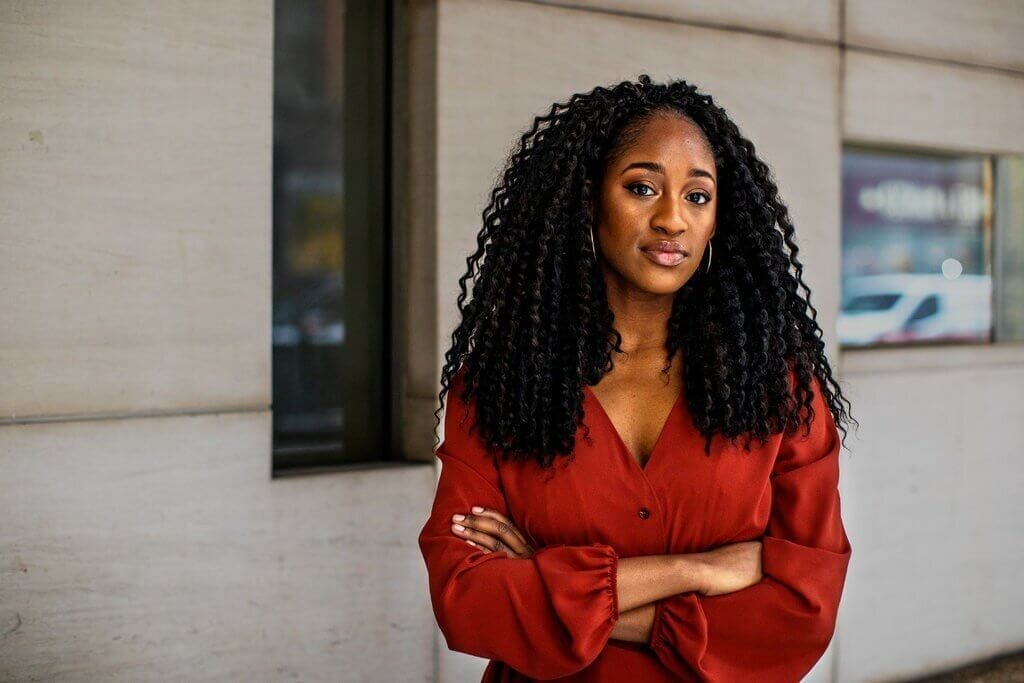
Najla Austin, the 27-year-old founder of the forthcoming Ethel’s Club, has no interest in venture capital funding.
While working at tech start-ups, Ms. Austin kept her eyes on the women’s co-working space The Wing, which opened in 2016. She considers it to be one of the “coolest, innovative” spaces around — and wondered if there might be a possibility for black and brown people to replicate that success.
For two years, she kept her ear to the ground to see if more spaces for people of color would pop up. When they didn’t, she said, “I’ll do it.”
Last October, Austin created an Instagram page for Ethel’s Club — a name honoring her grandmother. The following day, 600 people had signed up for the wait list on the accompanying site.
“I got tons of emails — people wanting to have an event or buy a membership. Most companies struggle with demand, and for me, it was the opposite.”
While Ms. Austin will not disclose the amount of money she’s received in fund-raising, it is enough for her to be looking at 10,000-square feet locations in Brooklyn for a proposed August 2019 opening.
There will be a boutique featuring products made by people of color in the front of the club, and a members-only quarter in the back.
Membership is application-based; interested parties must support the brand mission of empowering and advancing people of color.
With regards to fees, Ms. Austin said, “There is tiered access with the hope of allowing everyone the ability to use the space as needed with a financial commitment they’re comfortable with.”
A one-year membership is required, and events will range from matchmaking to wellness to tech workshops. Her credo is “for us by us.” Ms. Austin is not looking for investors whose interests might conflict with those of people of color.
Ladin Awad was a student at the New School where she met and befriended Sienna Fekete. A few years later, the duo linked up with June Canedo at a brunch; they then planned conversations about identities, privilege, and the spectrum of experiences for women of color.
Each woman is from a different place in the diaspora — Ladin from Sudan, June from Brazil and South Carolina, and Sienna, a Caribbean-Canadian, from Los Angeles.
When they researched lexicons, “chroma” stood out for its meaning as an intensification of color.
“That makes sense because that’s what we’re amplifying, women of color,” Ms. Fekete said. Although there is no strict ban on white people attending their events, like Mr. Lindor and The Gentlemen’s Factory, the trio emphasizes that people of color are going to be centered and prioritized.
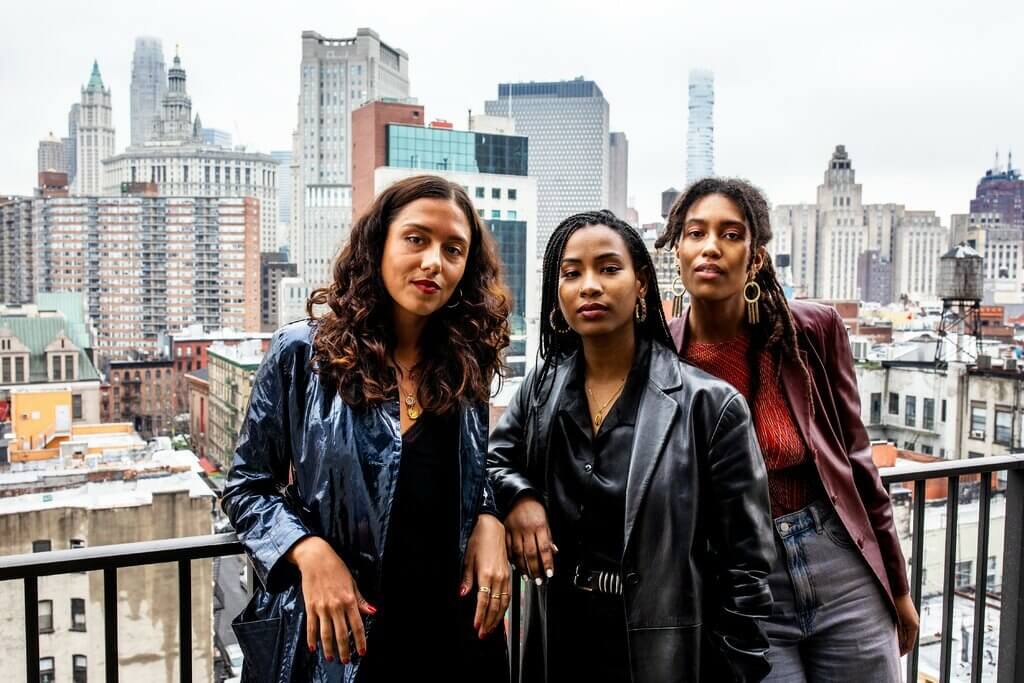
Chroma has organized events with names like “Working Women of Color” and “Continuity: A Conference on Self-Preservation for Women of Color.” Its members recently celebrated the grand opening of their studio in the Lower East Side, a goal financially realized through their networks.
At the Chroma studio, they partner with other collectives and document the conversations, which have themes such as digital archives, social media and mental health, and alcohol and drug addiction.
“We were having a candid transparent conversation of the struggles that we go through as a collective,” Ms. Fekete said. “There is a need for a physical space.”
What these spaces share, in addition to catering to people of color, is the privilege of connections.
While they exist outside of traditional venture capital and corporate structures, pre-existing networks of families, friends, and friends of friends were responsible for carrying the financial backing.
Tim Jack, the general manager of The Gentlemen’s Factory said, “I’ve never been a fraternity kind of person. I actually shunned them because of the elitist part of it. But this space is different. [Mr. Lindor] is giving black men the opportunity to unleash in a positive way and also deal with the things that have been traumatic to us. He gives us a space to be able to talk about it and not feel rejected.”
Source: The New York Times

